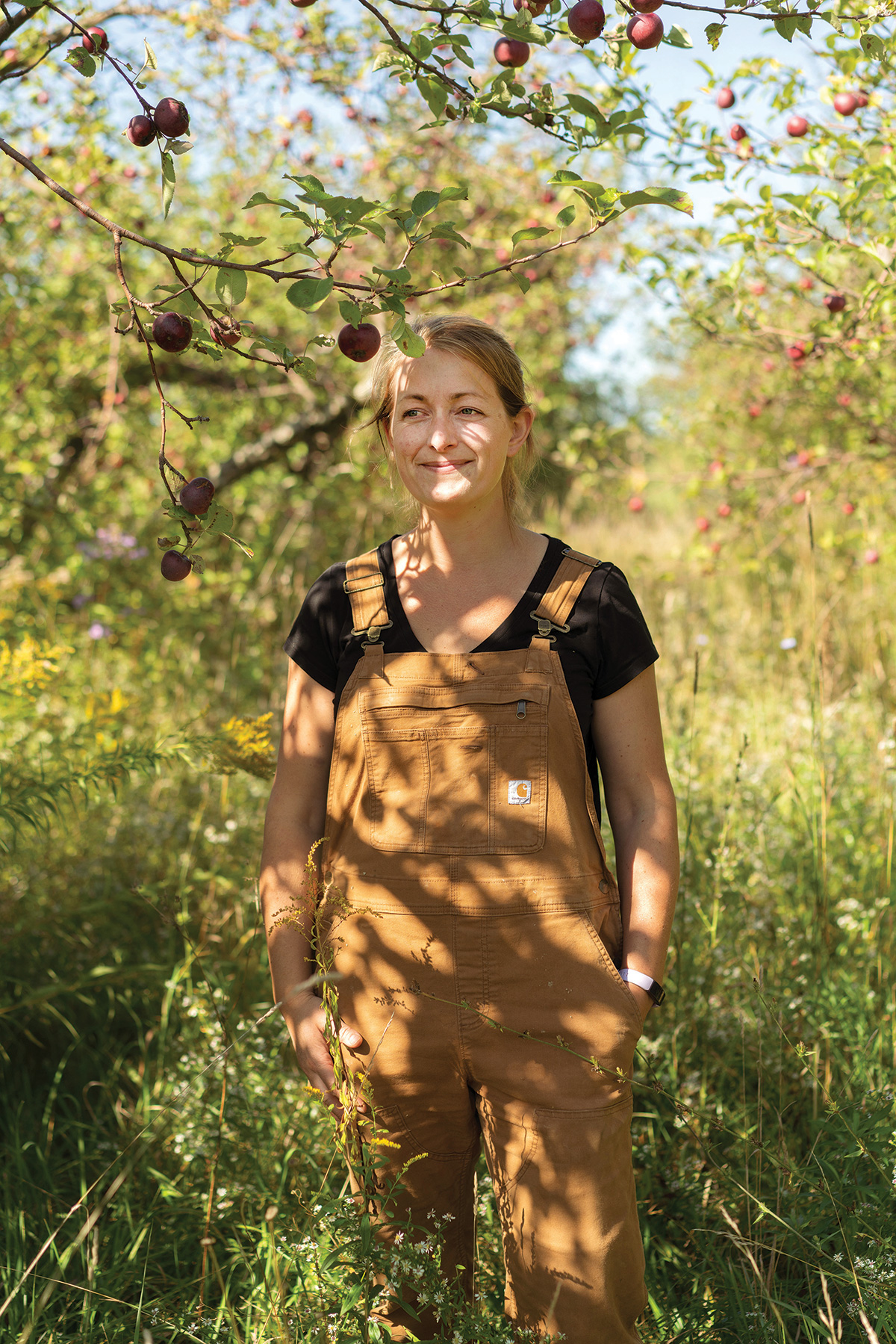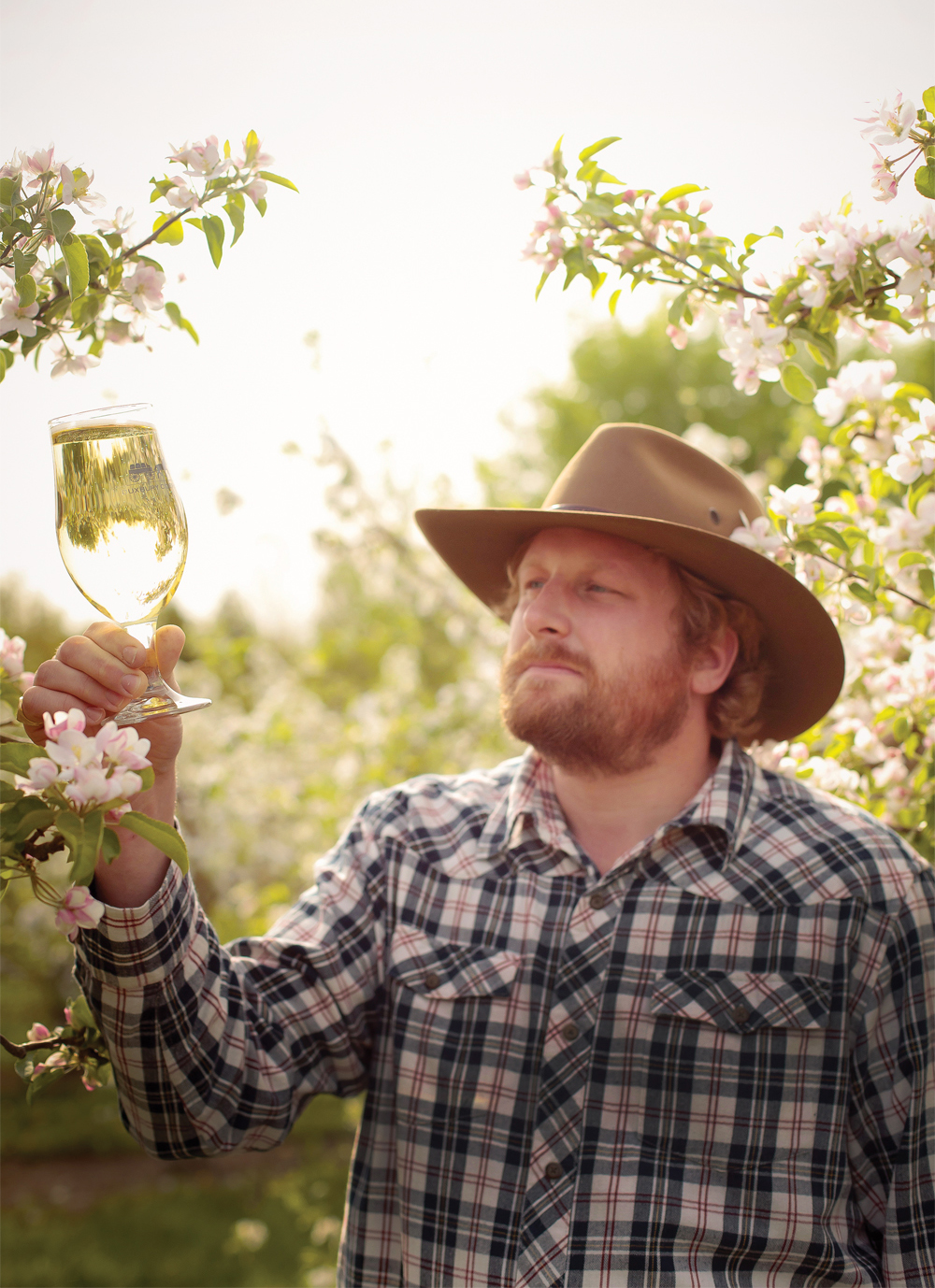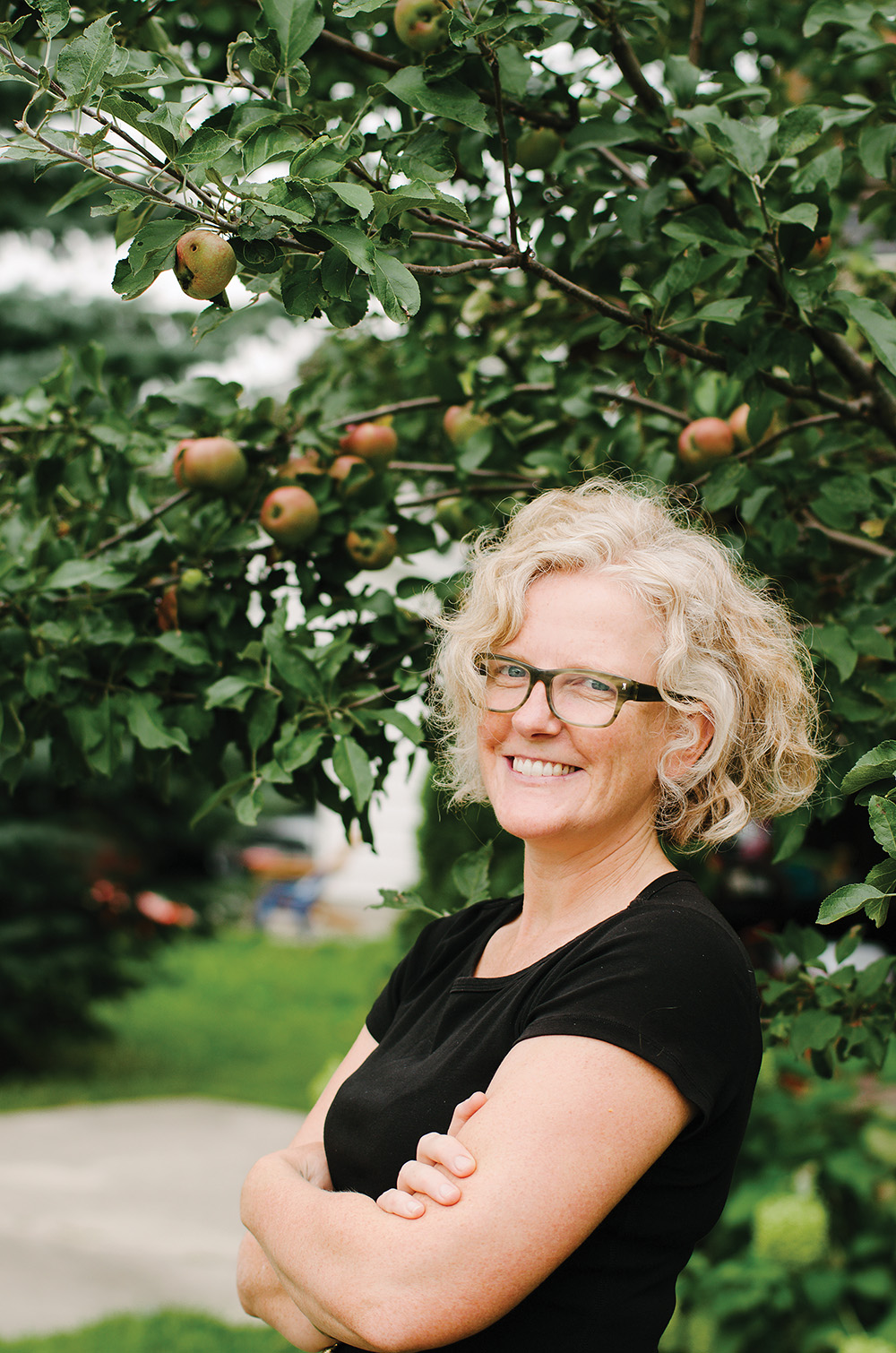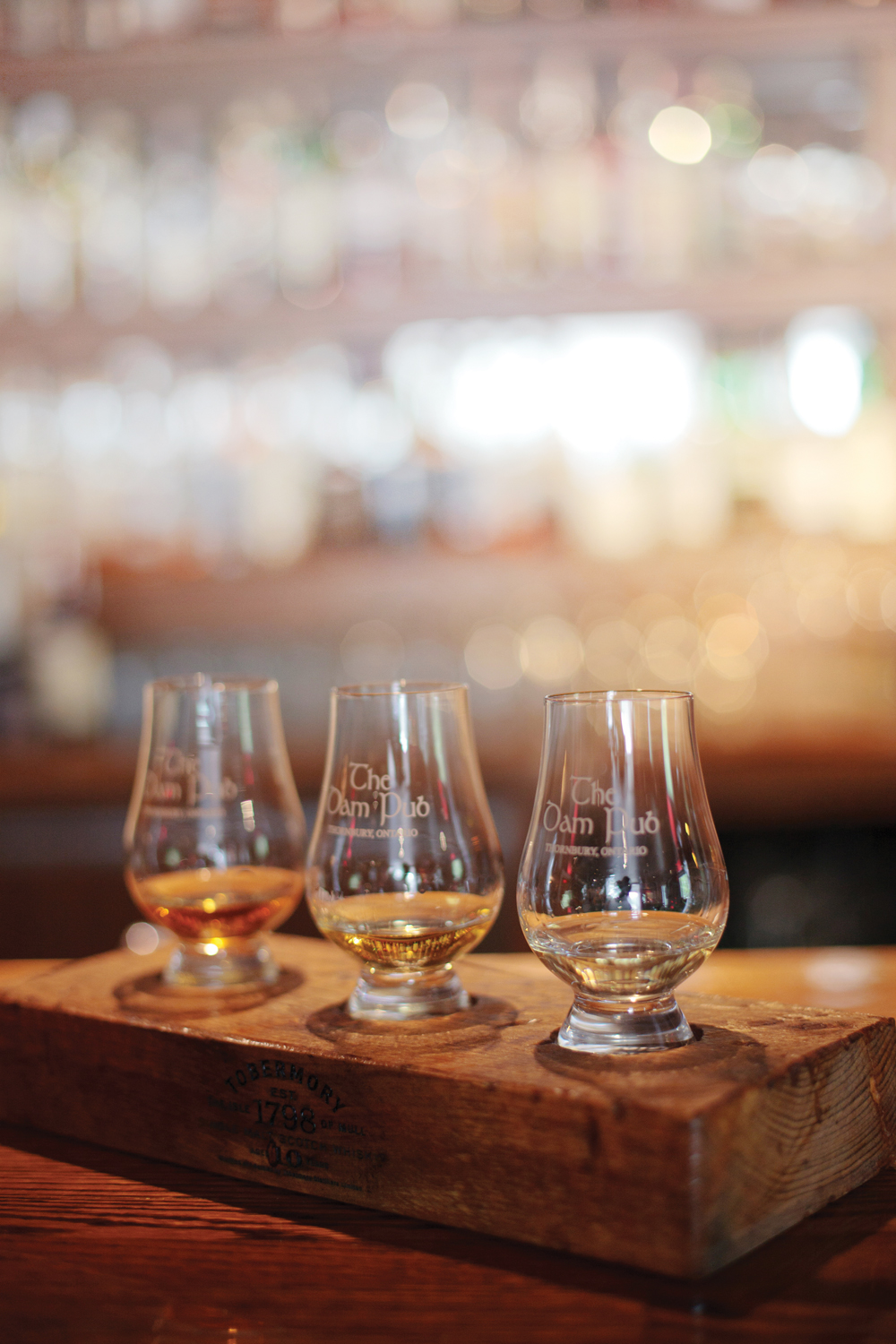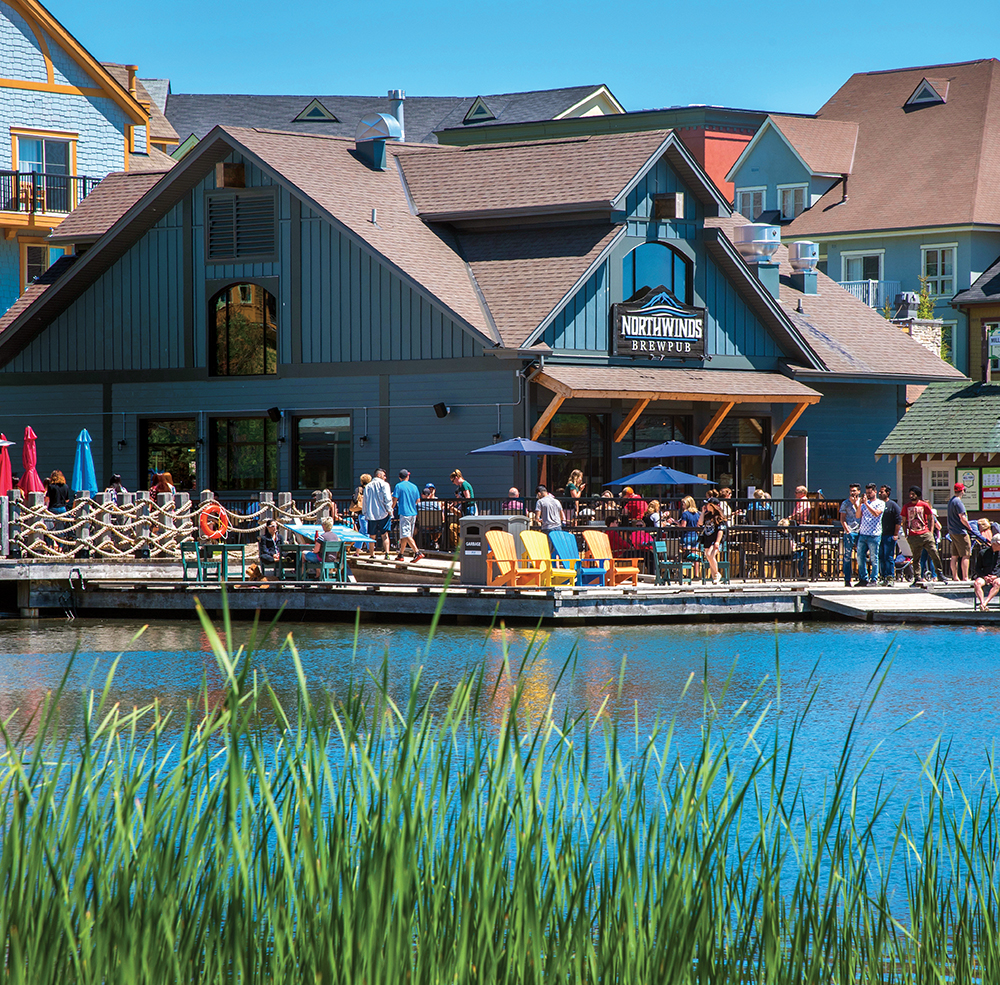With degrees in marine biology and horticulture, Martha Lowry is that genius-level version of smart. And she loves to share her knowledge, so OTB asked a few apple- and cider-related questions.
by Natalie Goldenberg-Fife // photography by Anya Shor
The real star of this story is the apple. Why are apples so cool and where did they come from?
The history of apples begins in Kazakhstan where they grew wild and native. They began to be introduced along the trade routes where they were picked up and passed along. What’s super-cool about apples is they have more genes than humans.
As is the case with a lot of history, there tends to be an Indigenous history and women’s history that hasn’t been told. How does this relate to apples in North America?
There is a book by the Canadian poet Helen Humphreys called The Ghost Orchard that says Indigenous communities grew thriving orchards as early as the 1600s but they were destroyed by white settlers and their armies during colonization. In the late 19th and early 20th centuries, women artists were employed by the United States Department of Agriculture to paint the then 17,000 apple varieties.
Apples are not propagated from seeds as people assume. Instead they are grafted. Can you explain grafting?
In grafting, you put a different top on the bottom of a tree. You take a small rootstock, cut off its top, and then attach a scion (twig) from your desired variety. Hold the two together with grafting wax and/or tape and the two will then grow together over the next few months, fusing the new with the old. It will have all new functional vasculature to bring water and nutrients throughout the plant. Like our bloodstream, but in trees.
Why do we do this? Apples do not come true to type from seed. Like humans, the genes of the two parent plants combine to make a new plant. You will never get a McIntosh from a McIntosh, but rather a cross between a McIntosh and whatever tree it mixed with.
We also do this because we like to make smaller trees, so we use rootstocks that are naturally dwarfing. This makes the tree small in size and thus easier to pick and prune, and faster to bear fruit. Smaller trees have fruit much earlier than the bigger trees that put all their energy into growing wood, not fruit.
In your opinion, what are the best ciders in the world for those interested in exploring?
I love Hallets Real Cider and Oliver’s Cider and Perry out of the U.K. I haven’t met many French ciders that I do not like, especially from Brittany and Normandy. I love Haykin Family Cider and Eve’s Cidery out of the United States as well. But there are too many to name. I haven’t had the chance to try many Spanish ciders which are supposed to be quite dry and special.
How do Canadian ciders play out on the world stage?
Canadian cider tends to be a lot fresher than its European counterparts because our apples contain more acid due to the climate. Spy’s flagship cider, Never Say Never, is made from native Ontario McIntosh apples. It is a classic dessert variety with lots of medium-level sugar; it really tastes how Canadians imagine an apple should taste. A bright red apple flavour that tastes super straight up. Canadian ciders pair with food better than a lot of alcoholic drinks because they are light. Ciders tend to pair better than wine with spicier foods; Thai and Mexican food go great with cider. The acidity cuts through fat and rich creamy sauces.
What food pairs best with cider?
I love to make mussels with cider which is one of the world’s greatest pairings. It’s simple. Just mussels, shallots, butter, chorizo, cider. My husband makes tarragon fries to go alongside. We’ve perfected it.
What excites you about the future at Spy and cider-making in Canada?
I truly love making both cider and spirits at Spy and would love to make a new gin or a different apple brandy. Who knows, maybe get into pommeau or amaro. In the cider realm, I want to continue to make Golden Eye and Never Say Never which are just amazing star products that are super drinkable but also tell a story of the apples and place they came from.
